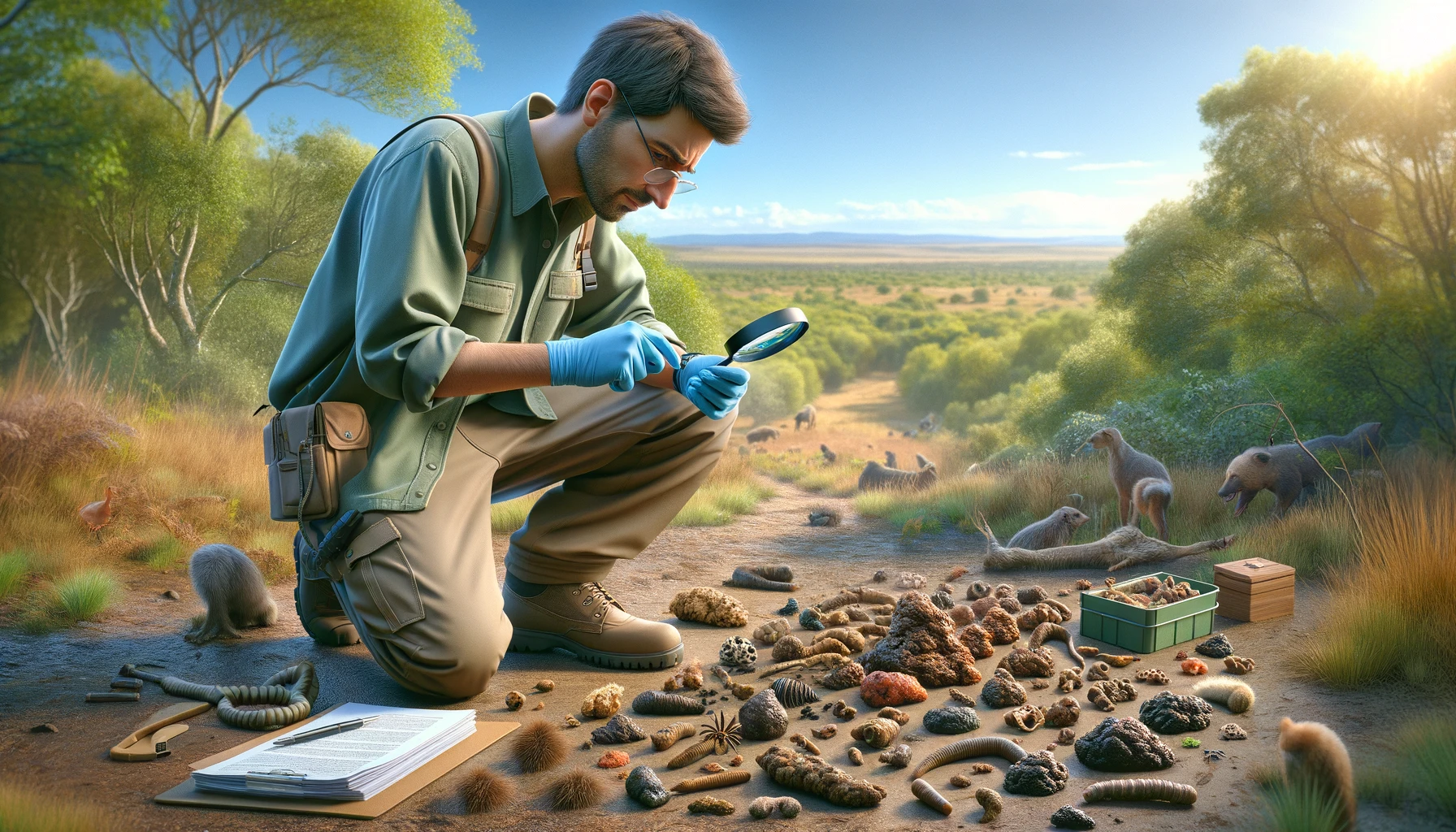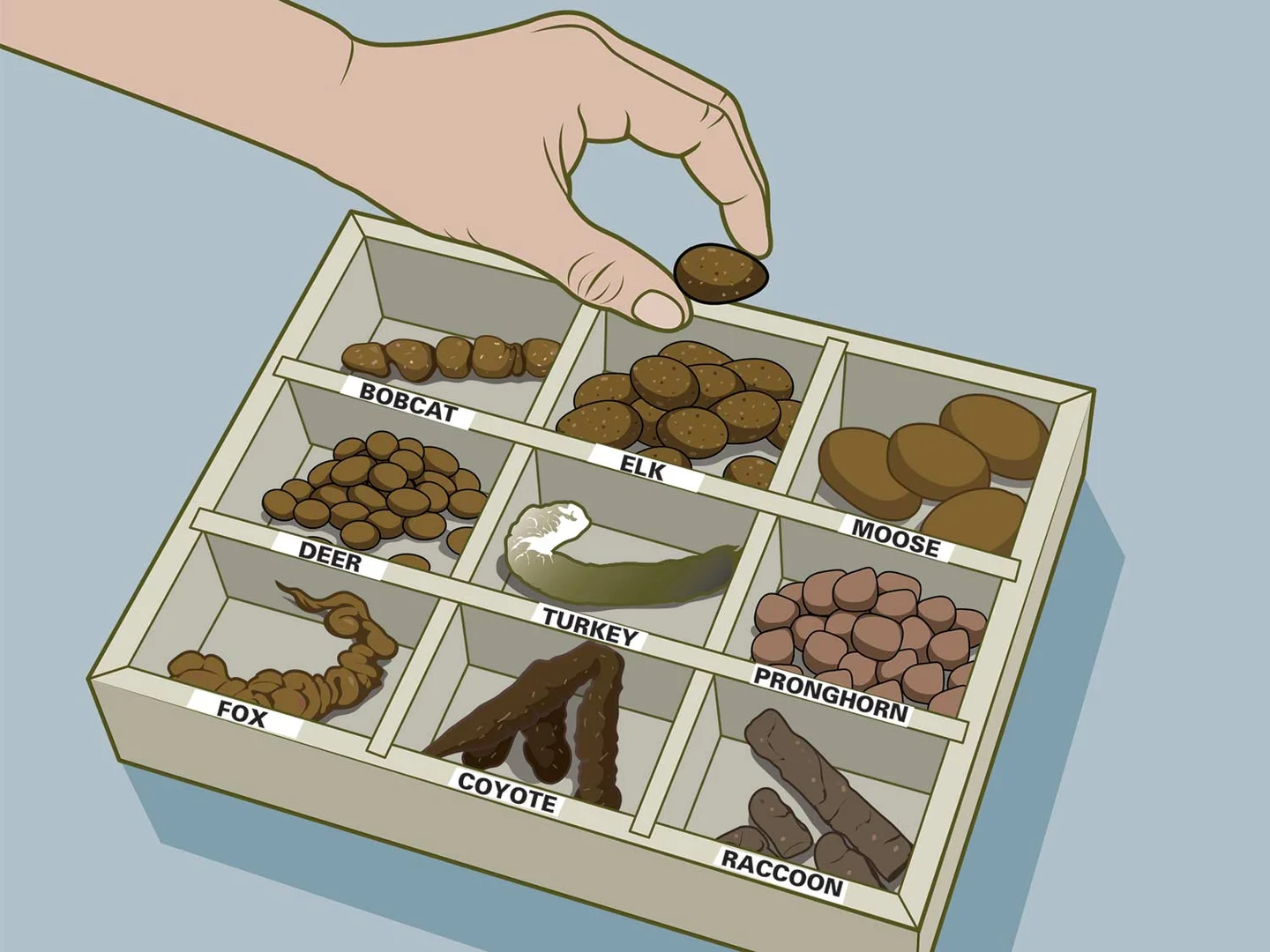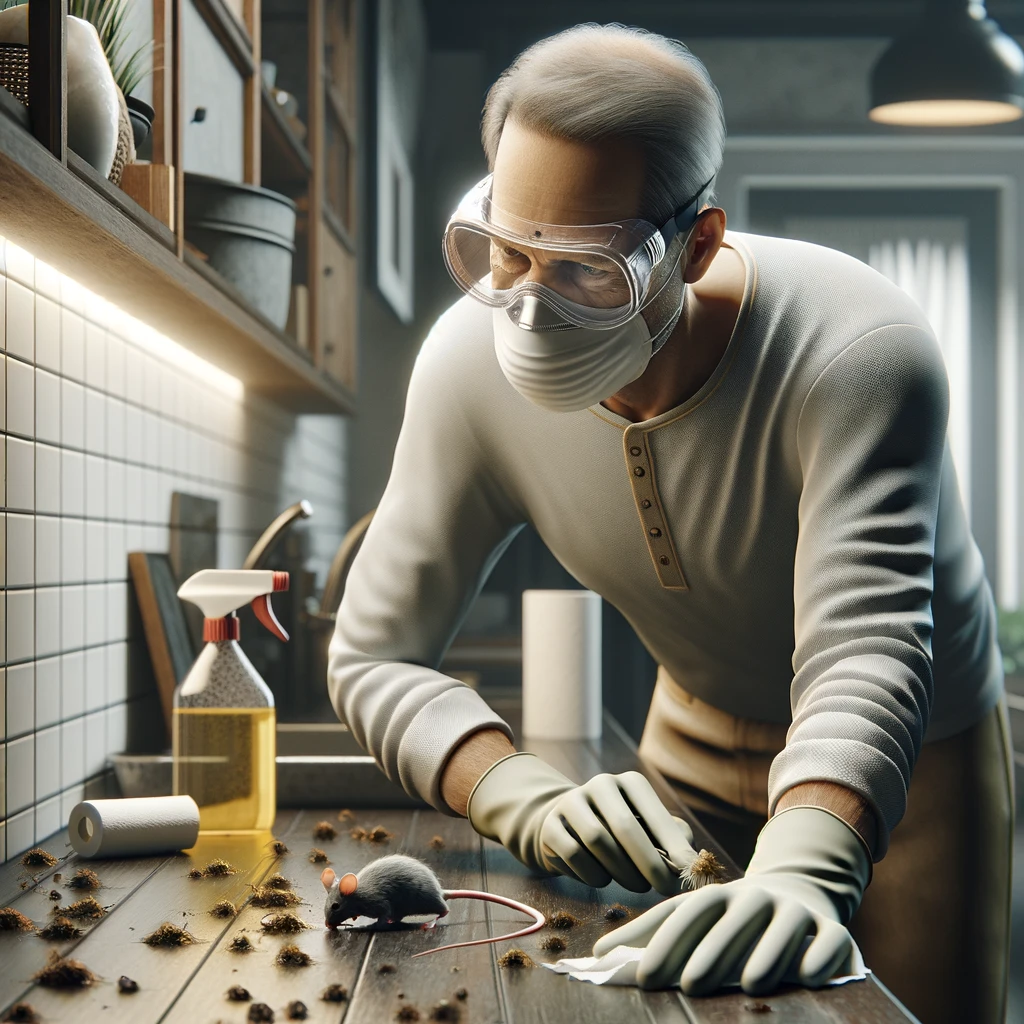
In every backyard, there may come a time when we encounter animal droppings. While this is a natural occurrence, it's important to understand how to identify and handle different types of animal poop. This complete guide will equip you with the knowledge to tackle this not-so-glamorous task. Whether it's raccoon, squirrel, rat, or mouse poop, we've got you covered. Let's dive in!
When it comes to handling animal droppings, it's crucial to know what you're dealing with. Different animals leave various types of poop, each with its own characteristics. By learning how to identify these droppings, you can better understand the risks associated with them and the necessary precautions to take.

Animal droppings vary in size, shape, and color. By familiarizing yourself with these differences, you can narrow down which creature is responsible for leaving their mark in your yard. Here are a few key characteristics to look for:
Now that you can identify different types of animal droppings, it's important to understand the health risks associated with them.
Animal droppings can pose various health risks due to the bacteria, parasites, and diseases they may carry. Some common health concerns include:
It's crucial to take appropriate precautions when handling animal droppings to minimize the risk of contracting any diseases. Now, let's explore specific guidance for handling raccoon poop.
Raccoon droppings are larger than many other types of animal droppings and can pose significant health risks due to the bacteria they may carry. Apart from their size, raccoon poop is characterized by its specific appearance and presence in designated areas known as raccoon latrines.
Raccoons tend to defecate in specific areas called latrines, where multiple raccoons deposit their droppings. These latrines are commonly found in attics, chimneys, or other sheltered areas. Identifying a raccoon latrine is crucial to determining if these creatures have taken up residence in your home or yard.
When dealing with raccoon droppings, it's essential to protect yourself from potential health risks. Make sure to wear gloves, a mask, and wash your hands thoroughly after handling raccoon poop. If you suspect a raccoon latrine in your home, it's best to contact professional wildlife removal services for safe and effective removal.
Now that we've covered raccoon poop, let's move on to squirrel poop and how to identify it.
While squirrels may be cute and charming, their droppings can be quite a nuisance. It's important to differentiate squirrel poop from other types of droppings, such as rat or mouse poop. Being able to identify squirrel poop correctly allows for appropriate handling and clean-up.
Squirrel droppings are often mistaken for small mouse droppings due to their similar size and appearance. However, there are notable differences that can help you determine whether squirrels are the culprits. Squirrel poop is usually larger, longer, and not as pointed as mouse droppings. They also tend to be more clustered in certain areas.
When it comes to cleaning up squirrel poop, always wear gloves and a mask to protect yourself. It's best to use a disinfectant solution and follow proper sanitation protocols to ensure a safe and thorough clean-up.
Now, let's move on to rat poop and how it differs from both squirrel and mouse droppings.
Rat droppings can be a sign of an infestation, making proper identification essential to taking effective pest control measures. Differentiating rat poop from squirrel and mouse droppings is crucial for determining the appropriate course of action.
Rat droppings are larger compared to both squirrel and mouse droppings. They have a tapered shape and are usually scattered randomly rather than being clustered. Unlike squirrel droppings that are dark brown or black, rat droppings tend to be darker and have a dull black color.
If you suspect a rat infestation, it's important to act swiftly to prevent further damage and health risks. Consult with pest control professionals to devise an effective eradication plan.
Now, let's shift our focus to mouse poop and the necessary steps to handle it safely.
Mouse droppings are a telltale sign of these pesky little creatures invading your space. Understanding the risks associated with mouse droppings is essential to protect yourself and your home.
When cleaning up mouse droppings, it's crucial to follow these steps to minimize the risk of exposure to any potential diseases:
Following these steps will help minimize the risk of exposure and ensure a thorough clean-up process. Now, let's dive into the differences between rat and mouse droppings.
While both rat and mouse droppings belong to the rodent family, they have notable differences in terms of size and appearance. By understanding these distinctions, you can identify which rodent is causing the issue in your home.
Here are some common questions and answers related to rat poop and droppings:
Mouse and rat droppings can be similar in appearance, making it important to spot the differences. As mentioned earlier, rat droppings are larger and darker than mouse droppings. Additionally, rat droppings often have a tapered shape, while mouse droppings resemble tiny grains of rice.
Now that we've covered various rodent droppings, let's focus specifically on mouse droppings and how to handle them safely.
Mouse droppings may be small, but they can present serious health risks if not handled correctly. Understanding these risks and taking preventive measures is key to keeping your home and family safe.

When it comes to cleaning up mouse droppings, it's essential to follow these steps:
By following these steps and maintaining proper sanitation practices, you can reduce the risk of exposure to any diseases carried by mouse droppings.
Animal droppings can be a hassle to deal with, but armed with the knowledge provided in this ultimate guide, you can effectively identify and handle different types of animal poop. By understanding the risks associated with raccoon, squirrel, rat, and mouse droppings, you can take appropriate precautions to protect yourself and your loved ones. Remember to always wear protective gear, handle droppings with care, and practice proper hygiene. With this guide, you can confidently tackle the task of identifying and handling animal droppings in your backyard.